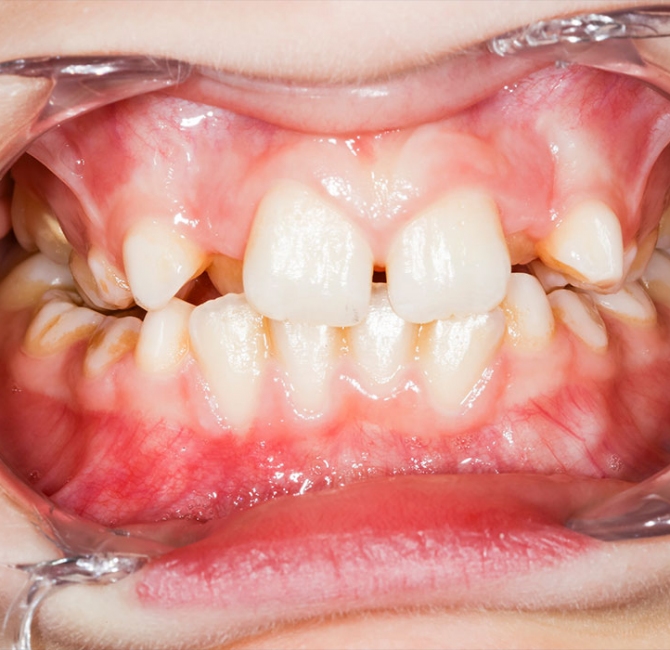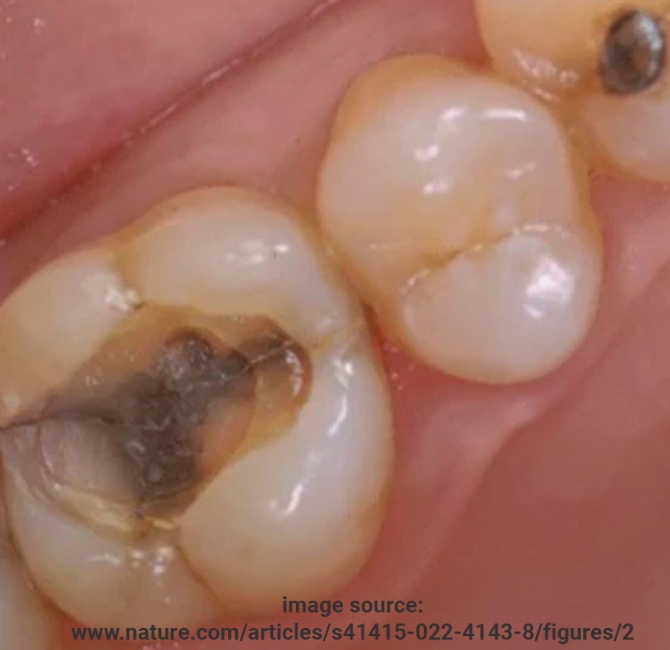Background Early and accurate detection of caries lesions can lead to better preventive and conservative measures, thereby reducing healthcare costs. Clinical examination, combined with radiographic evaluation, is the routine diagnostic approach. However, previous studies have shown a substantial variability in its reliability and accuracy, influenced mainly by clinician expertise.
Artificial intelligence (AI) is a field of computer science concerned with creating machines that can copy the cognitive capabilities of human intelligence. Recent implementations of AI for imaging rely on deep learning (DL), a subfield of machine learning (ML). DL diverged from previous ML methods by replacing features engineered by humans with high-capacity neural networks trained on extensive datasets, allowing for automated feature extraction. To date, the most effective models for image analysis are convolutional neural networks (CNNs). CNNs consist of many layers that transform their input using convolution filters of a limited extent.
Since the advent of DL, various applications in oral healthcare have been suggested, such as tooth detection and numbering, endodontic treatment and diagnosis, periodontal disease classification, and oral pathology detection.
Objective This systematic review evaluated the diagnostic performance of AI models designed to detect caries lesions.
Methods An electronic literature search was conducted on PubMed, Web of Science, SCOPUS, LILACS, and Embase databases for retrospective, prospective, and cross-sectional studies published until January 2023, using the following keywords: artificial intelligence (AI), machine learning (ML), deep learning (DL), artificial neural networks (ANN), convolutional neural networks (CNN), deep convolutional neural networks (DCNN), radiology, detection, diagnosis, and dental caries (DC).
Results Twenty articles that met the selection criteria were evaluated. Five studies were on periapical radiographs, nine on bitewings, and six on orthopantomography. The number of imaging examinations ranged from 15 to 2,900. Four studies investigated ANN models, fifteen CNN models, and two DCNN models. Twelve were retrospective, six cross-sectional, and two prospective studies.
Conclusions AI-based models exhibit good diagnostic performance in detecting caries lesions in dental images. AI-based models can be efficient methods for reducing the workload of oral health professionals and the time spent in clinical practice. Various AI models have pros and cons, so model selection should be based on the specific task objectives and requirements. Future research should accurately represent the performance of AI models. Optimizing model architecture holds the potential to enhance the performance of caries lesion detection in dental images, thereby improving diagnostic accuracy. AI users must critically evaluate the accuracy of these diagnostic support systems, the data underlying the trained models, and its tests, as the ultimate decision-maker for any decision arising from using a diagnostic support system remains with the oral health professional.



